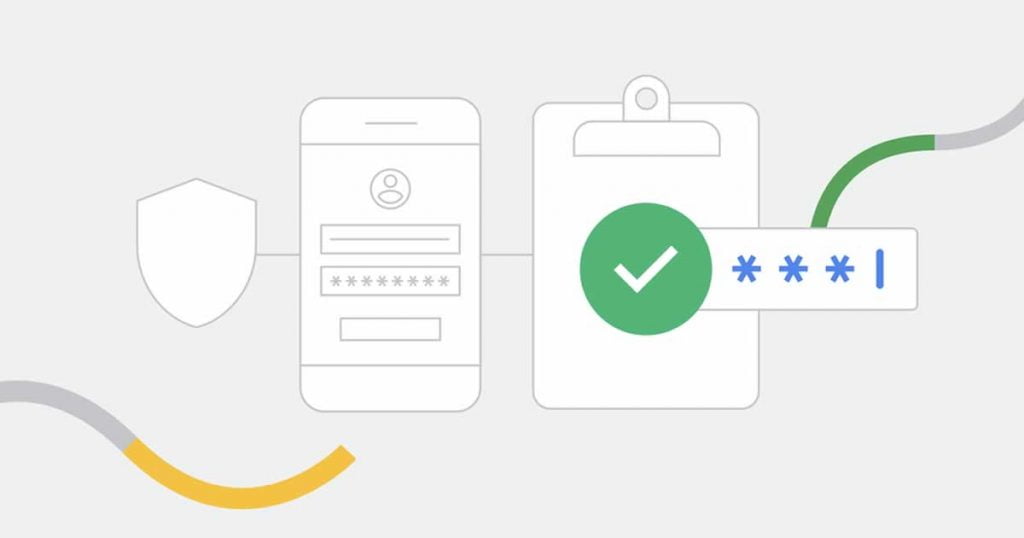Cyberattacks are on the rise, especially post-Covid-19. Hackers had used the pandemic as bait to spread misinformation and malware. In addition, cybercriminals are becoming more creative with their attacks and finding new ways to breach organizations’ defenses.
To help you prevent your company from being a victim of these attacks, here are some strategies that will help keep your company safe:
Contents
Increasing Number of Cyberattacks
The number of cyberattacks has been increasing dramatically in recent years. This is due to the rapid growth of technology and the ever-growing number of people connected to the internet.
According to a report by VentureBeat, there were around 51 million cyberattacks in the first three months of 2022, an increase of over 3 million compared to the same period in 2021. The same was the case in the previous year. There was a 102% increase in cybercrime in the first half of 2021 compared to 2020.
Cyberattacks can range from simple attempts to steal personal information to more complex attacks that can cause severe damage to computer systems and networks. These attacks can devastate individuals, companies, and governments, as they can cause the loss of important data, financial losses, and even disruption of essential services.
Therefore, organizations must take steps to protect themselves against cyberattacks, such as implementing strong security measures, educating employees on cybersecurity, and regularly monitoring their systems for any suspicious activity.
Train Your Employees
In the past, cyberattacks were relatively simple and unsophisticated. Attackers would target a website or server, hoping to get their hands on credit card information or other personal data. The methods they used were quite straightforward. They’d use brute force attacks by guessing thousands of password combinations until they hit pay dirt.
However, the attacks are now more complicated. Hence, you need to train your employees because most attacks involve human error. According to a Verizon report, around 82% of attacks involve human error.
Training your employees on the latest cybersecurity threats and best security practices is vital. This will help ensure they can recognize phishing scams, report suspicious activity, and more.
You must also train them on the dark web. The dark web is a part of the internet that is not accessible through traditional search engines and browsers. It is a hidden network of websites and other online services that use encryption and other security measures to protect the privacy of its users.
The dark web is often used for illegal activities such as drug trafficking, money laundering, and the sale of stolen data and goods. It is also used by those who wish to remain anonymous, such as journalists, activists, and whistleblowers.
It is important to note that not all of the dark web is used for illegal activities, and there are legitimate uses for it. Hence, your employees should know the dark web secrets to determine when it is used for illegal activities and when not.
Enable Multi-Factor Authentication
Multi-factor authentication (MFA), also called multi-factor authorization or two-step verification, is a type of security process that adds another layer of verification to ensure the identity of someone requesting access to your system. This additional security measure can be implemented in several ways.
A common method is via text messaging or push notifications, which requires the user to enter a code generated by an application on their smartphone before accessing the application itself. Another option is biometrics, such as face recognition or fingerprint scanning at login, which uses unique physical characteristics as proof of identity and prevents unauthorized access even if hackers compromise credentials.
MFA can help reduce cyberattacks as the hacker needs access to multiple things, not just the password alone. For instance, suppose your device has an MFA enabled that asks for an OTP received on your device. In that case, even if the hacker can get your account’s id and password, he or she will still need access to your device for the OTP.
This can help reduce attacks. In fact, Google started automatically enabling MFA for over 150 million users. This has reduced the number of compromised accounts to half.
Develop an Incident Response Plan
It is recommended to have a separate incident response plan that you can use to deal with cyberattacks, whether large or small. This plan should be developed by a team of experts and reviewed regularly to remain up-to-date with current industry best practices. The incident response plan should include details on how to respond to incidents, including:
- How will your company handle a security breach if one occurs
- How will your company respond if ransomware is used against it
- What steps are taken when there is an active threat against the network
The sad thing is that despite being crucial for security, only a handful of companies have an efficient incident response plan. According to a McAfee study, only 32% of businesses feel they have an effective plan.
Keep Your Software Updated
Software updates are a great way to stay secure. The best way to do this is through patch management, which involves using a vulnerability scanner and a web application firewall (WAF). A WAF can be installed on your website and helps stop hackers from getting into your network. It also uses an automatic update feature to always have the latest version of the WAF protecting your site.
Another update-related security measure is to use an application firewall, which protects against buffer overflows, zero-day exploits, and other attacks that may go undetected by traditional firewalls or intrusion prevention systems (IPS). Finally, you should also ensure that all devices in your network are protected by anti-malware software that scans for viruses daily.
Implement Zero Trust Security Model
Implementing a Zero Trust Security Model is one of the most important cybersecurity measures. What exactly is the Zero Trust Security Model? It’s a new way of thinking about security that treats every device, user, and application untrusted until it has proven trustworthy.
To do this, you must build a network infrastructure that relies on machine learning and artificial intelligence (AI) technologies. This can be difficult for companies that don’t have the right budget or staff to focus on implementing this type of technology.
Implementing a zero-trust security model is to prevent breaches on your company’s network while preventing hackers from gaining access after they’ve already gotten into it. To accomplish this goal:
- Create access controls based on identity rather than location or device type.
- Monitor all devices coming onto your network. If IT professionals don’t approve any within your organization, block them immediately.
Conclusion
While knowing how to respond after an attack is important, preventing them from happening in the first place is equally important. With these tips, you can help protect your company from cyberattacks and keep your data safe.



